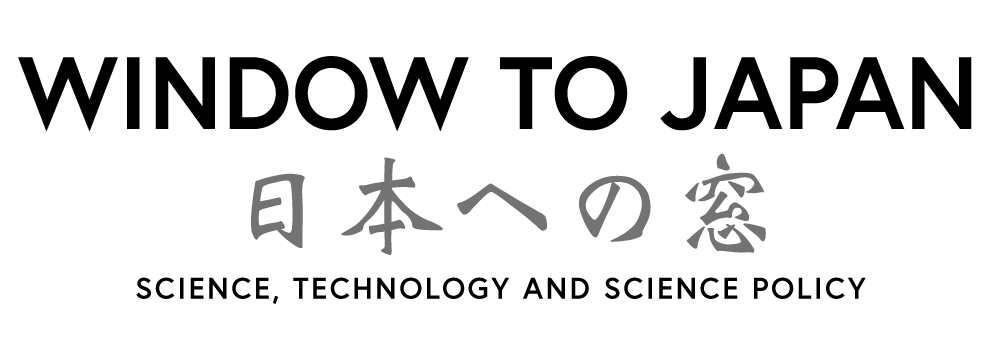Nobuyuki NOBISAWA and Hiroyuki OTA of the Tokyo Institute of Technology have applied genome editing to Nannochloropsis algae. In this organism, FA (fatty acid) is bound to the 1st position of G3P by the action of the enzyme GPAT and converted to LPA (lysophosphatidic acid). Secondly, it is converted into PA (phosphatidic acid) in which FA is bound to the 2-position of glycerol by the action of the enzyme LPAT (four kinds of genes). Thirdly, enzyme PAP and enzyme PAH act and convert to diacylglycerol (DAG). Fourth, DGAT1 (two kinds of genes) and DGAT2 (11 types of genes) act and convert them to triacylglycerols. Strains disrupted in the functions of the four LPATs showed much higher oil production. Industrial partner in this project is Mazda Automobiles, Hiroshima.
JST news release, March 1, 2017
